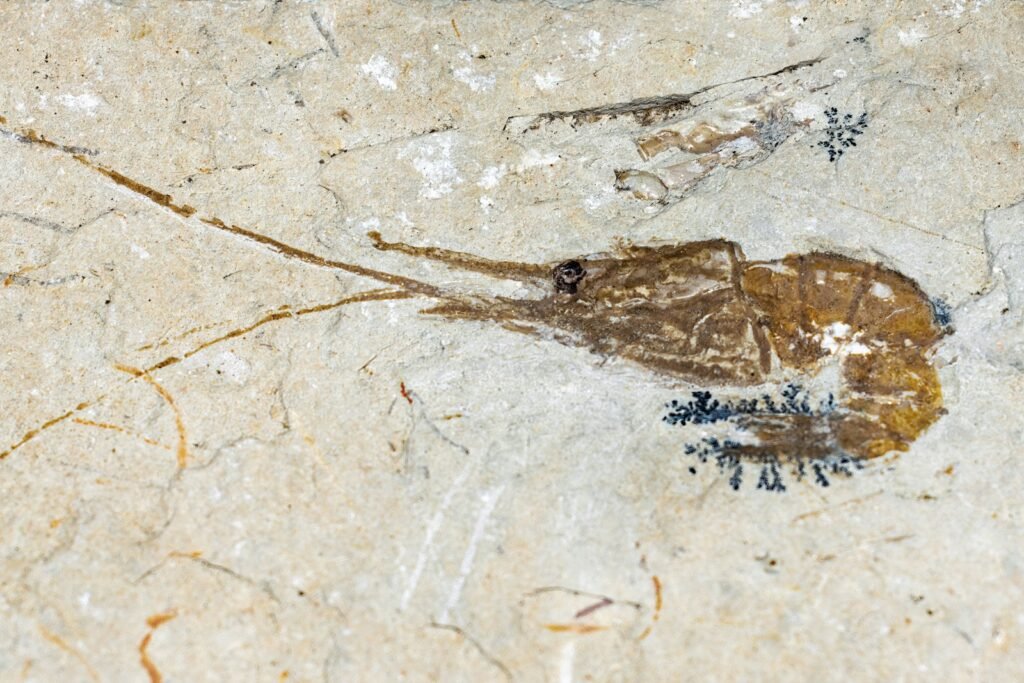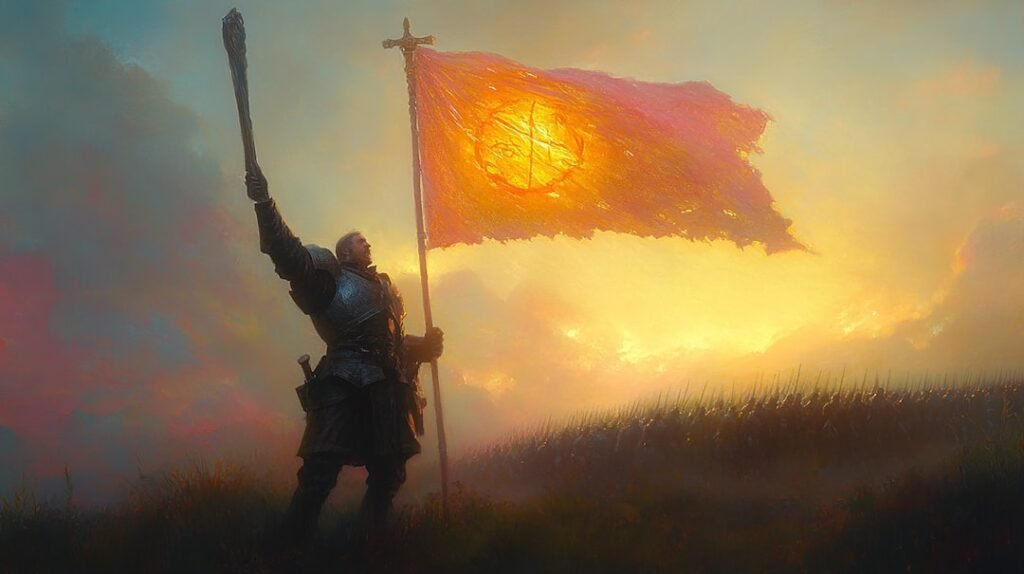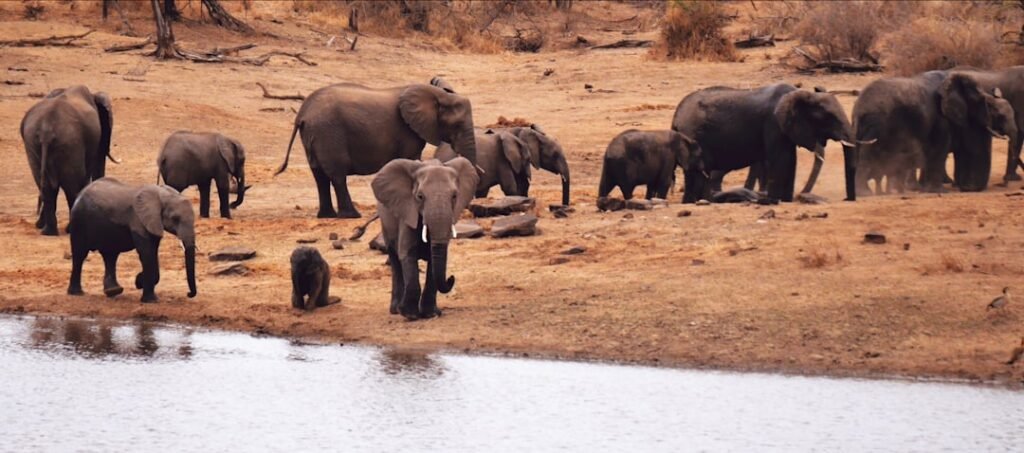Picture a horizon trembling under the shadow of wings as wide as a small plane and legs as tall as a person, stepping through river flats like a silent metronome. That was the late Cretaceous stage set for the giant azhdarchid pterosaurs – apex flyers with stilt-like limbs and a talent for surprise. Fossils say little at first glance, but the puzzle pieces add up to a shocking portrait of sky rulers that hunted on the ground as confidently as they soared. It’s a story with a twist: the most terrifying thing in the air sometimes chose to stalk on foot. And today, scientists are decoding how these improbable predators lived, moved, and dominated.
The Hidden Clues
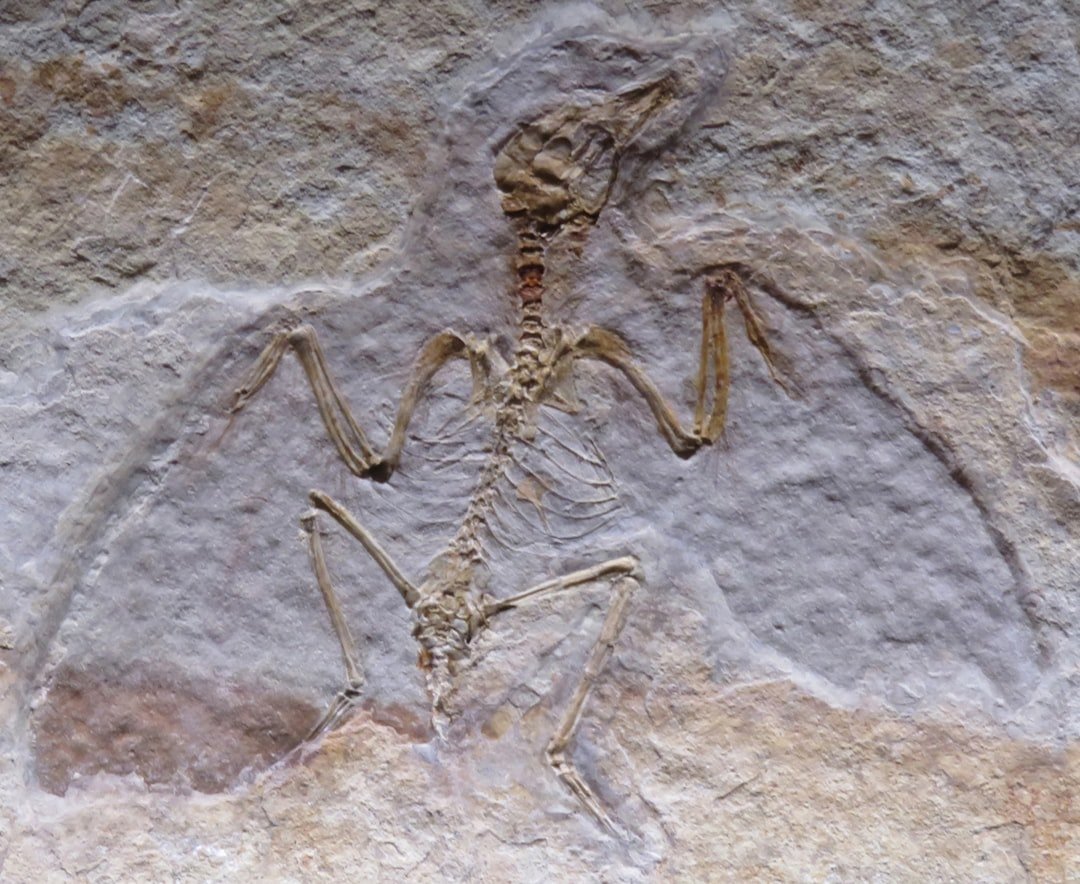
When you first face a pterosaur bone, it looks impossibly thin, like nature’s glasswork, yet it’s reinforced with internal struts that whisper engineering genius. Those hollow bones, the long neck joints, and the tapered snout scale to a creature that could be both light and lethal. The stilts – the elongated forelimbs and hindlimbs – tell us they weren’t just airborne silhouettes but purposeful walkers. Trackways from smaller relatives show confident, four-limbed strides, not the awkward waddles people once imagined. I still remember the first time I watched a heron freeze mid-step, and the fossil evidence makes it hard not to picture a Cretaceous echo of that scene.
Even the sediments do some storytelling, locking in hints of shorelines, sandbars, and floodplains where these giants likely patrolled. Bones found far from cliff faces suggest they weren’t cliff-nesting gliders alone but versatile predators haunting open ground. The pattern is subtle, but with each new site, the message grows louder. Ground stalking wasn’t an exception – it was a strategy.
From Ancient Tools to Modern Science
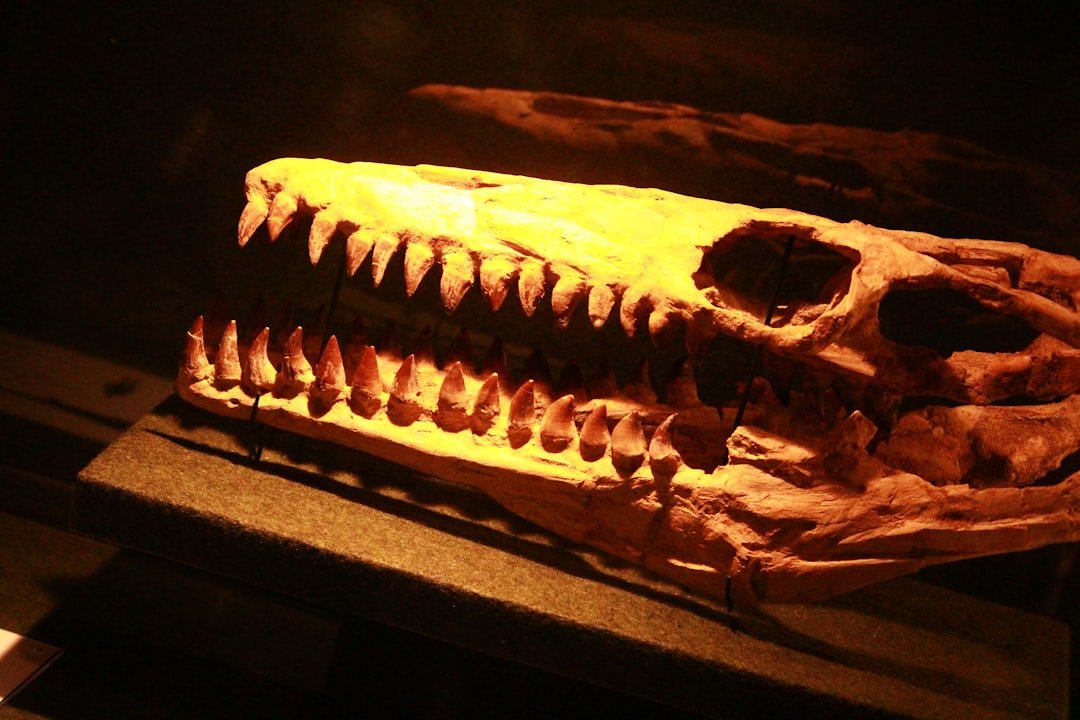
Paleontology used to be pickaxes and hunches; now it’s CT scanners, micro-CT for fragile bone interiors, and high-resolution surface models built from drone imagery. Engineers borrow the fossils to run digital crash tests – finite element analyses – and watch virtual bones flex or fail under realistic forces. Biomechanists work out muscle leverage from scar patterns and compare it with modern birds and bats, building a living portrait from a skeleton. Chemists pull whispers of diet from fossilized tooth wear and geochemistry, looking for traces of shoreline prey. Each method swaps guesswork for measurable ranges, narrowing what these giants could and couldn’t do.
This toolkit changes the tenor of the debate, especially on how such big animals launched into flight and managed their necks without snapping them. As models improve and new specimens are scanned, uncertainties get carved down to probabilities. The result is less movie-monster myth and more grounded biology. And that grounded biology is often more astonishing than the myths it replaces.
The Physics of Flight on Monster Wings
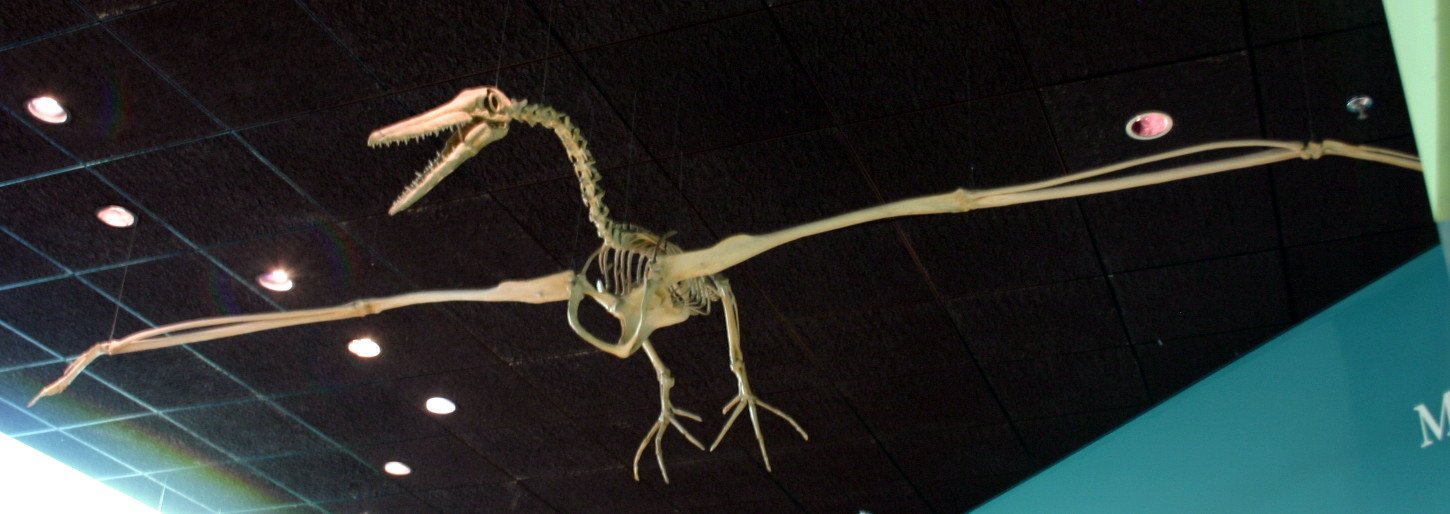
Big animals have to fight the square-cube law: mass grows faster than muscle strength, so everything about a giant flyer’s design is a negotiation with gravity. The leading idea is that these pterosaurs launched quadrupedally, vaulting off the forelimbs like a high-powered pole vaulter with built-in springs. Wing membranes anchored to an elongated fourth finger formed vast airfoils, and lightweight skeletons trimmed the cost of takeoff. Once airborne, long, narrow wings likely favored energy-efficient cruising over flappy acrobatics. Think of them as endurance gliders with a sprint button, not perpetual hovercraft.
Neck and head dynamics were the other half of the equation: the skull was big, the neck long, yet reinforced in ways that distributed load. That design turns an apparent weakness into a fine-tuned spear for snatching prey from bars and shallows. It’s not brute force that wins here – it’s leverage and timing, deployed with surgical economy.
Ground Hunters with Sky-Sized Wings
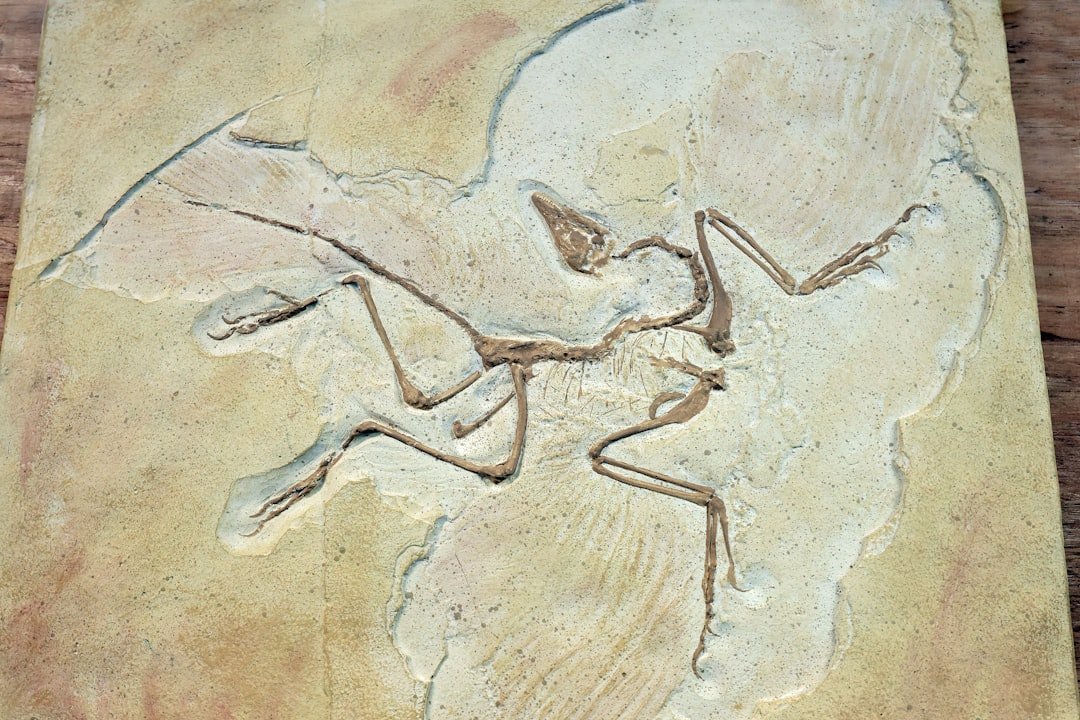
Despite those wings, the best-supported hunting scenario puts many of these giants on land, pacing like outsized storks across open flats. Long limbs raise the head high enough to scan broadly, then strike downward with frightening speed. Prey options ranged from small vertebrates to shoreline invertebrates, depending on habitat and species, and the anatomy points to flexibility rather than one-note specialization. In some regions they probably scavenged too, capitalizing on carcasses the way modern large birds do. Predators are pragmatists, and the Cretaceous wasn’t short on opportunities.
This lifestyle also fits their long, stiffened neck segments and the mechanics of a quick, downward jab. The image of a pterosaur as a perpetual sky silhouette is charming, but the ground is where a lot of the calories likely came from. With eyes high and steps long, a giant azhdarchid could patrol a hunting route like a rancher checking fence lines. Air superiority was the exit strategy; the business plan was on foot.
Fossil Hotspots and Global Perspectives
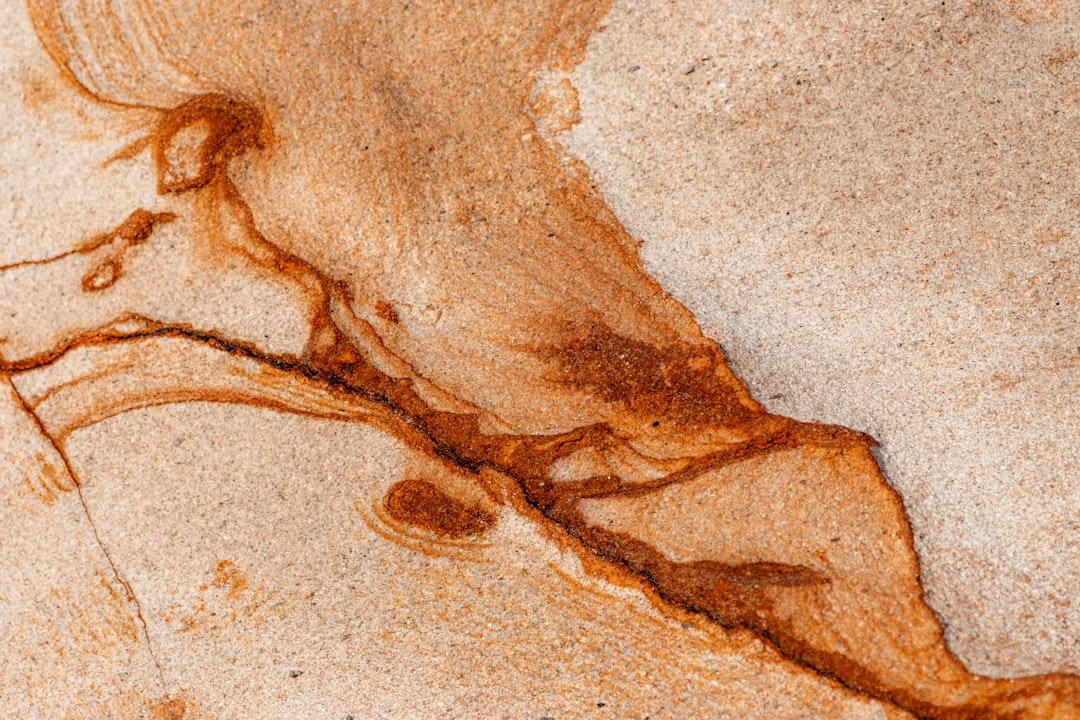
Evidence for these stilting predators stretches across ancient shorelines and inland floodplains on multiple continents. North America yields the celebrity giants, but Europe’s island ecosystems and North Africa’s coastal deposits push the story wider and stranger. Farther afield, Asia contributes hallmark bones that cement the global spread of the group. This worldwide footprint hints at a successful strategy adaptable to different climates and coastlines near the end of the Cretaceous. The big picture is less about a single superstar species and more about a family of solutions to the same problem: how to rule the margins between land, water, and air.
Even more telling, these fossils often occur alongside tracks and remains of fish, small dinosaurs, and turtles, an eclectic menu scattered across ancient deltas. That overlap supports a generalist predator’s lifestyle, opportunistic and mobile. If you can fly far, you can shop around for dinner. And these animals had the range to do exactly that.
Why It Matters

Understanding how giant pterosaurs lived sharpens the entire conversation about size limits in flight, from ecology to engineering. Traditional views leaned on simple scaling arguments that implied a hard ceiling for airborne giants, but the fossils show that anatomy can bend rules when morphology is cleverly arranged. The combination of quadrupedal launch, hollow but reinforced bones, and long-lever limbs expands what we thought possible. That matters for how we interpret ancient ecosystems, because top-of-the-food-chain flyers reshape food webs in subtle ways. Replace them with smaller birds in a model and you get different energy flows and different vulnerabilities.
There’s a practical edge too: designers study natural load-sharing and light-but-strong structures for aerospace and robotics. Azhdarchid skeletons are masterclasses in stiffness where you need it and compliance where you don’t. If nature solved high-thrust takeoff and efficient cruise with minimal material, we should be taking notes. Past knowledge told us giants shouldn’t fly; the bones argue otherwise, and that reframes the limits we assume today.
The Future Landscape
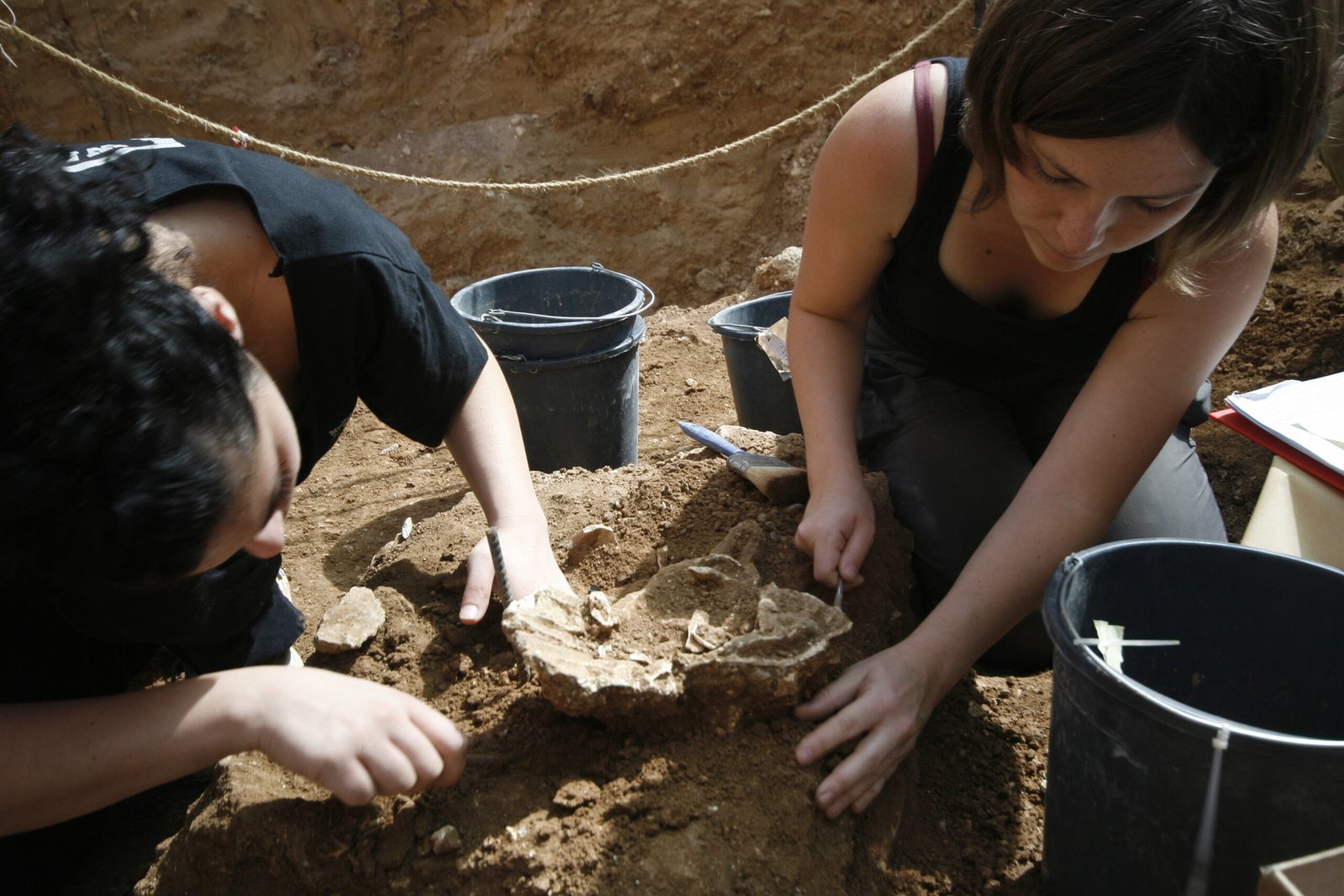
The next breakthroughs will come from two directions: better fossils and better models. Newly exposed outcrops and refined excavation techniques are turning up more delicate bones intact, while synchrotron scanning is revealing microscopic architecture without cracking anything open. On the modeling side, fluid dynamics tuned with wind-tunnel data and animal-borne sensor analogs will stress-test hypotheses about launch, glide, and maneuvering. Add in machine learning that compares limb proportions, bone wall thickness, and trackway spacing across big datasets, and patterns begin to pop that a single researcher might miss. Each iteration compresses the uncertainty bands around how these animals actually moved and fed.
There are challenges: bones this thin are rare, and preserving them without distortion is a constant battle. Many famous specimens are still fragmentary, and context is everything. But with more complete necks, shoulder girdles, and limb joints coming to light, the most critical mechanical questions are finally tractable. The global map of where these giants lived is going to sharpen, and with it, the realism of the reconstructions we teach and illustrate.
Conclusion
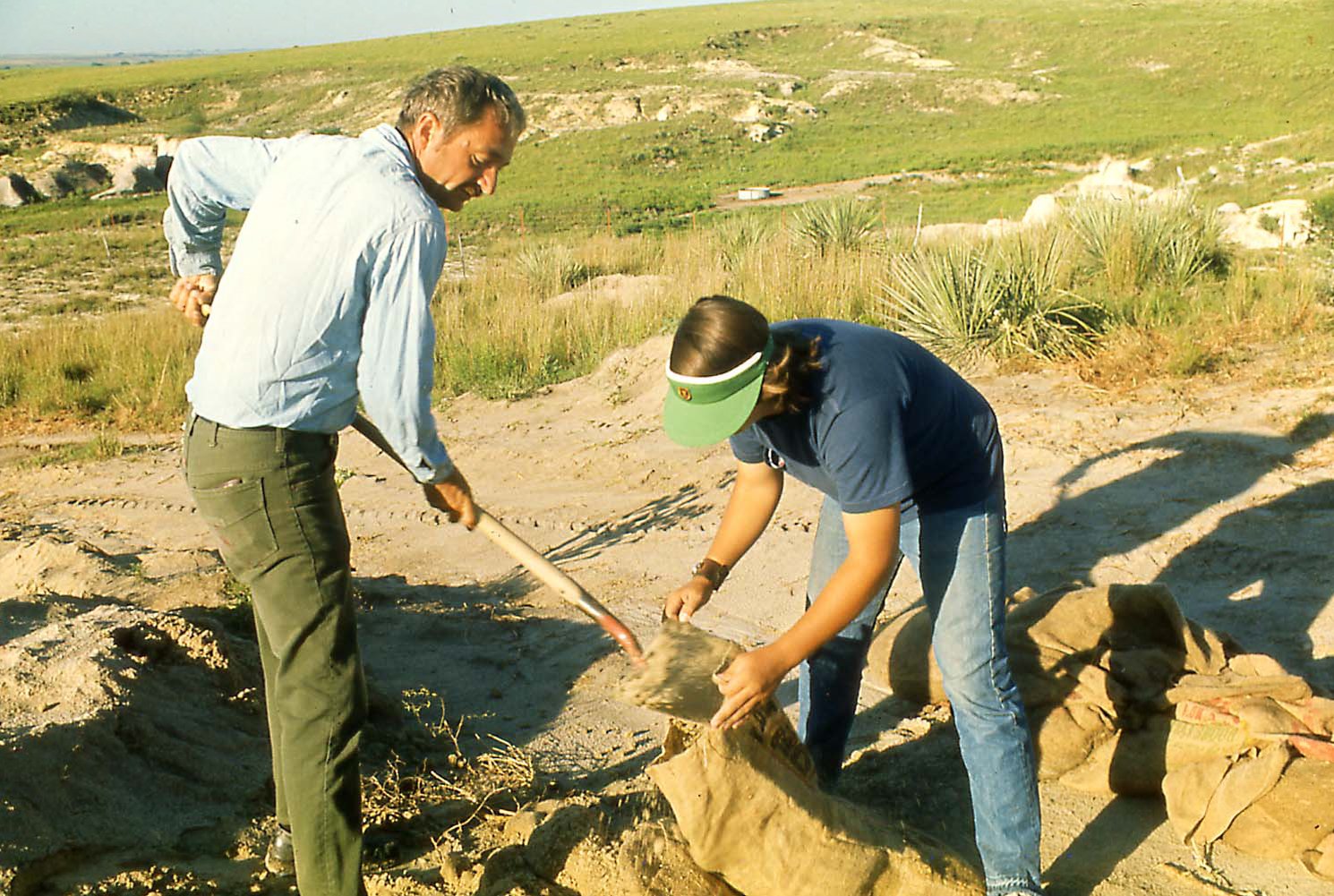
The fossils are doing their part; now it’s on us to keep the search spaces open and the questions honest. Support museums and field programs that protect sites where delicate bones weather out, and back the labs that turn fragments into testable models. Follow the digs, share the findings, and call for land policies that balance development with the preservation of exposed strata. If you’re a student or maker, dive into biomechanics and lightweight structures – there’s room at the table for fresh eyes and new code. The past is sending blueprints; we just need to read them before the pages fade.
Next time you watch a heron step through a tide pool, imagine a shadow ten times larger rehearsing that move under a blood-orange Cretaceous sky. Then ask yourself what other limits we’ve accepted that the fossil record quietly disputes. What boundary would you test first?

Suhail Ahmed is a passionate digital professional and nature enthusiast with over 8 years of experience in content strategy, SEO, web development, and digital operations. Alongside his freelance journey, Suhail actively contributes to nature and wildlife platforms like Discover Wildlife, where he channels his curiosity for the planet into engaging, educational storytelling.
With a strong background in managing digital ecosystems — from ecommerce stores and WordPress websites to social media and automation — Suhail merges technical precision with creative insight. His content reflects a rare balance: SEO-friendly yet deeply human, data-informed yet emotionally resonant.
Driven by a love for discovery and storytelling, Suhail believes in using digital platforms to amplify causes that matter — especially those protecting Earth’s biodiversity and inspiring sustainable living. Whether he’s managing online projects or crafting wildlife content, his goal remains the same: to inform, inspire, and leave a positive digital footprint.

